How to Prepare for a Drought
Droughts are a common phenomenon across the world and have been known to have devastating impacts on local economies and ecosystems. As such, it is important to be prepared for when a drought occurs, as the effects can be far-reaching. I want to look at some of the steps that you can take to ensure that your community is better prepared for droughts.
Have an Emergency Management Plan in Place
Creating an emergency management plan is essential for preparing for a drought. This plan should include strategies for preserving water resources, mitigating land degradation, and ensuring food security.
It should also include steps to take to reduce the impact of wildfires and other extreme weather events caused by drought conditions. A well-crafted emergency management plan will enable communities to quickly mobilize resources, during a drought event in order to minimize damages and enable quick recovery afterward. Droughts are a serious concern, which is why the local water agency gets involved.
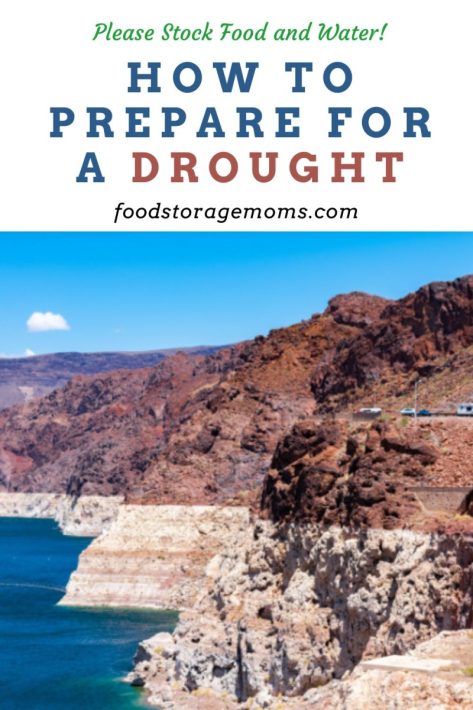
Improve Water Conservation Efforts
Preserving water resources during times of drought is critical in order to maintain access to clean drinking water or irrigation needs.
To do this, individuals should strive for personal water conservation efforts, such as utilizing low-flow showerheads or purchasing efficient washing machines and dishwashers.
Communities can also come together in order to implement larger-scale conservation initiatives, such as implementing restrictions on outdoor watering or installing rainwater harvesting systems.
Enhance Soil Health Practices
Drought conditions often lead to land degradation, due to lack of moisture, leading plants and crops to die off due to reduced water availability.
To mitigate this effect, communities must practice soil health practices. This includes leaving plant debris in fields after harvest season or planting cover crops that help protect topsoil from erosion, while still providing ground cover during the dry season.
Rotating crop types throughout the year provides more protection against soil degradation. Compared with relying on just one type all year round, since different types grow optimally under different levels of moisture
Prioritize Food Security
During a prolonged period of drought, it may become necessary for families and communities alike to prioritize food security over other considerations.
This would involve stockpiling nonperishable goods during periods of excess supply. Creating gardens around homes where vegetables can be grown even during dry spells, with minimal dependence on external sources of irrigation supplies.
Community members should consider alternative sources of income if their existing livelihoods require large amounts of natural resources, which may no longer be accessible during droughts.
What do you need to prepare for a drought?
- Check the local weather forecast and watch for signs of dry conditions.
- Find out if there are any water-use restrictions in place or upcoming changes in local regulations.
- Identify where you can access alternate sources of water, such as rainwater harvesting and greywater recycling systems.
- Take inventory of all water sources (wells, streams, lakes, etc.) on your property and identify any potential problems with them.
- Check for leaks around your home, in pipes and faucets, and repair them promptly so you don’t lose valuable water resources.
- Install low-flow fixtures like toilets and showerheads that use less water than traditional models and conserve resources.
- Create an emergency plan for yourself and your family in case the drought worsens over time, detailing ways to conserve water and adapt to new conditions quickly.
- Store extra supplies (jugs of non-potable water for washing clothes or other activities) in a cool, dry location before the drought hits so that you have access to backup resources if needed during the dry months ahead.
What to do before and after a drought?
Here are some things to do before and after a drought:
Before a Drought:
- Plan ahead and save water, if possible.
- Install efficient irrigation systems, such as drip systems and greywater recycling systems.
- Plant drought-tolerant plants in your garden or lawn to reduce water usage.
- Make sure your plumbing is properly sealed and maintained for improved efficiency.
- Put together an emergency plan for yourself and your family in case the drought worsens in your area.
- Plant drought-tolerant grasses where possible, and check for alternative types of grass.
- Start filling up rain barrels and collecting as much water as you can for an extended period of time. Rain collection systems are genius for these times! However, it does take prep work before.
- Prepare for extreme heat and high temperatures
- This is also a great time to start growing indoor plans.
- Check with the local government on water use and their rules for periods of dry weather.
After a Drought:
- Check for any structural damage to buildings or roads due to lack of moisture or flooding after the rains return.
- Repair any leaks around your home from outside faucets or pipes that you may have missed before the drought hit your area.
- Replant gardens with native plants that are adapted to climates with little rainfall, as well as plants that don’t require much water over time to remain healthy and productive year-round.
- Restore natural habitats by planting trees, shrubs, grasses, wildflowers, groundcover, and other vegetation that can help improve soil health over time when exposed to adequate moisture levels again after a drought period is over in your area
- Check the sprinkler systems to make sure there is no damage, and repair sprinklers if needed.
What should I do with my water supply?
Before a drought ever becomes a possibility, it’s important that you know what to do with your water supply. The effects of drought are deep! It’s vital to have enough gallons of water and the most water stored as possible. Don’t wait until a drought hits to start your water stockpile. When heavy rain is no longer there, you’ll learn to cut back using excess water. Local restrictions will start! That means short showers, check for dripping faucets, shorter sessions for watering, indoor plants, planting drought plants, and hand wash dishes! Your water needs won’t change, but you’ll find that there are ways that you need to cut back!
More Tips on Storing Water
- How To Store Water For Survival Today Not Tomorrow
- How To Store Water For Drinking And Cooking
- Why We Need To Store Water NOW For Survival Today
- Water: Do You Have Enough Stored?
Final Word
Preparing for droughts requires significant effort from individuals and their surrounding communities as there is much that can go wrong if proper proactive steps aren’t taken beforehand. Taking action now allows us to provide ourselves with the best possible chance at resilience when faced with challenging weather events caused by droughts. May God Bless this world, Linda
Copyright Images: Receding Water Level at Lake Mead AdobeStock_223939968 by James

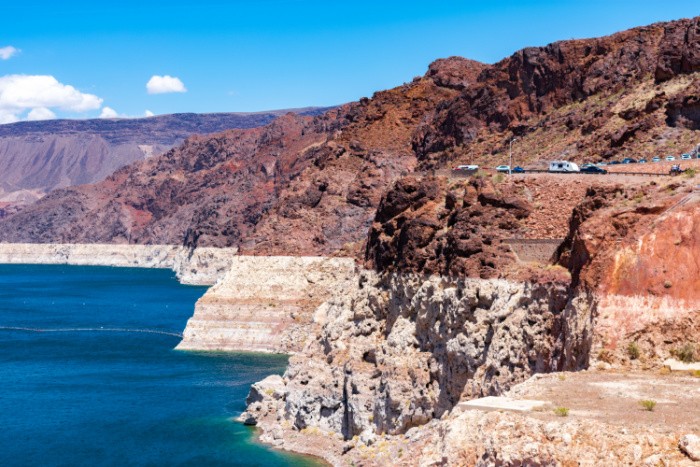

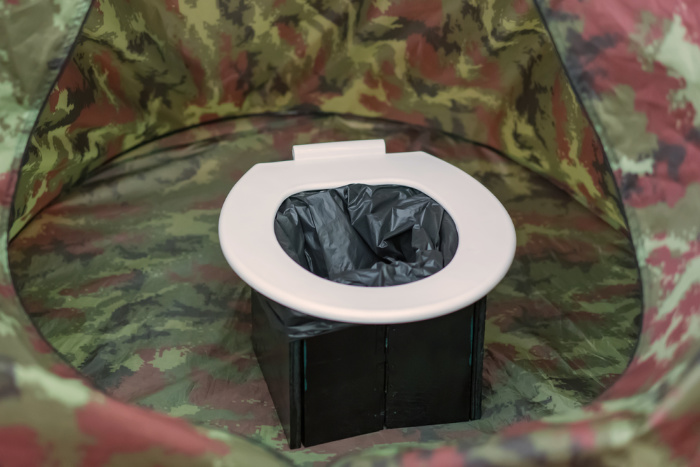



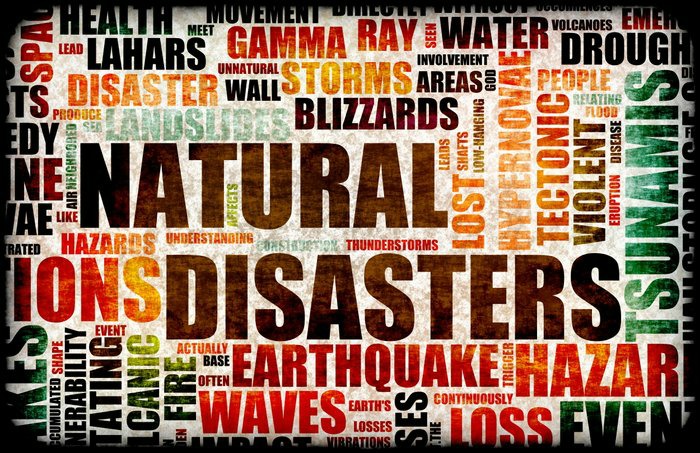

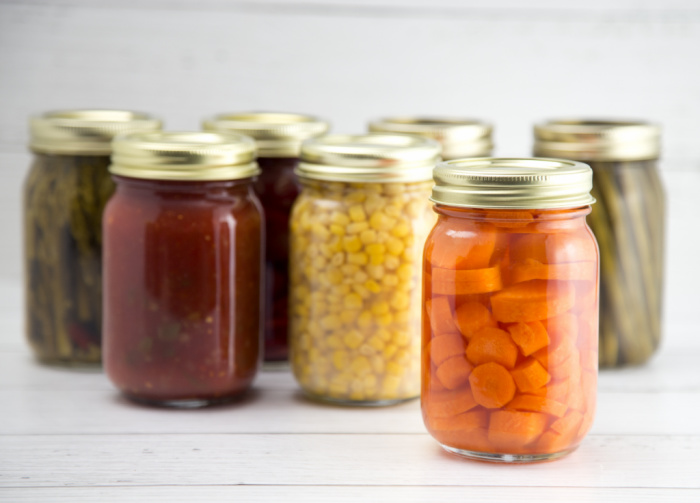

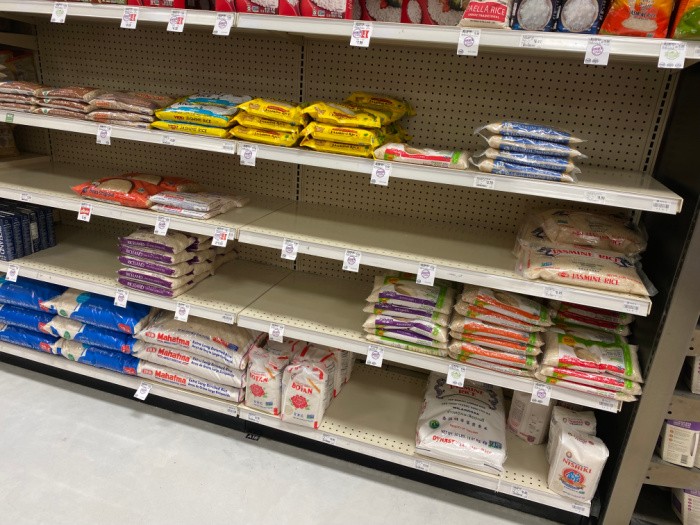


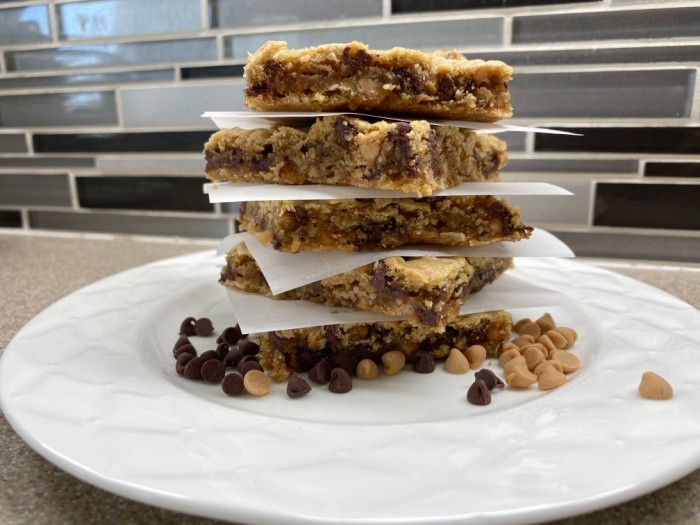
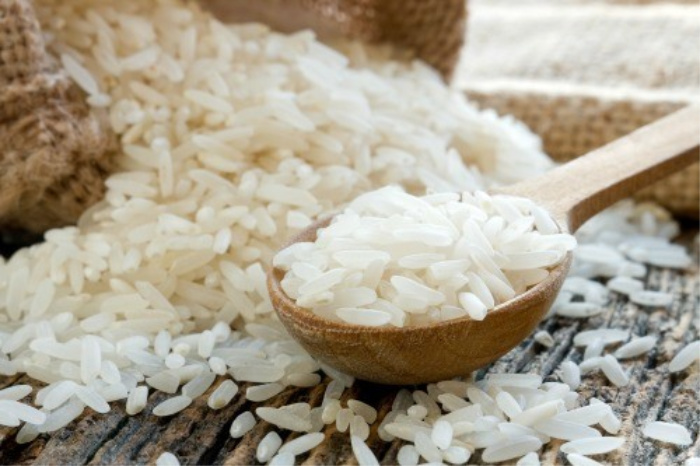
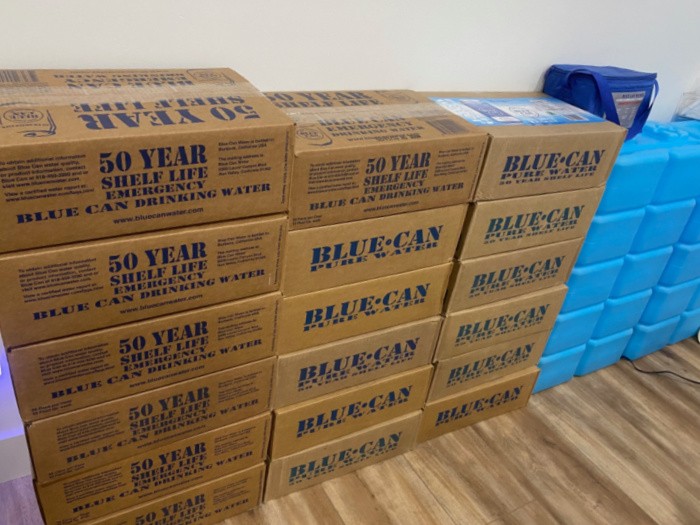
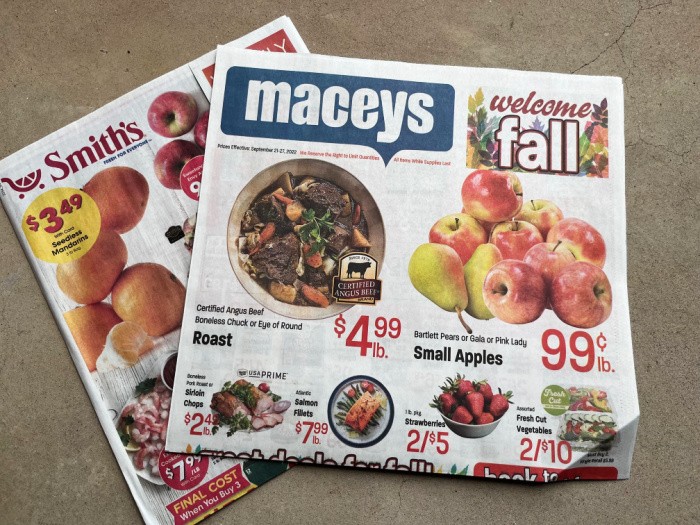
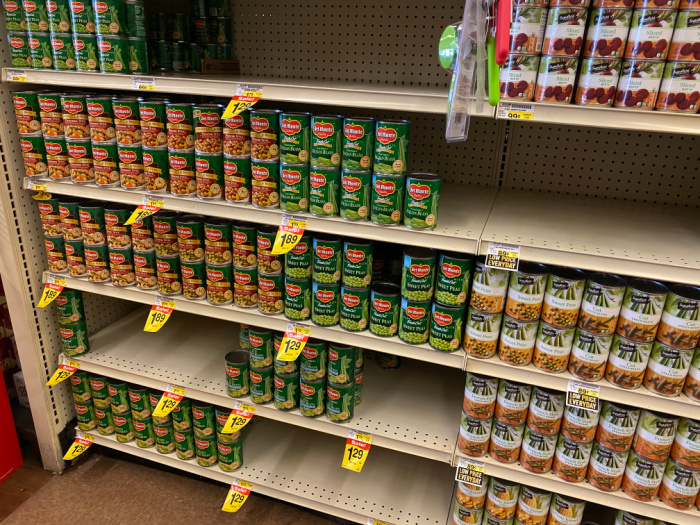
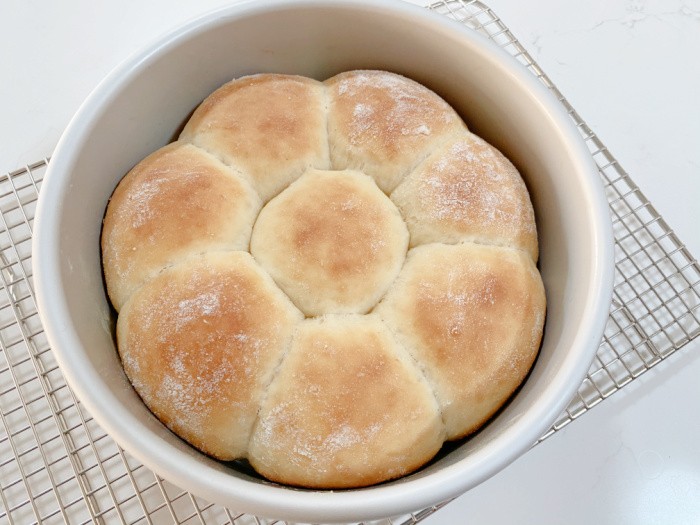
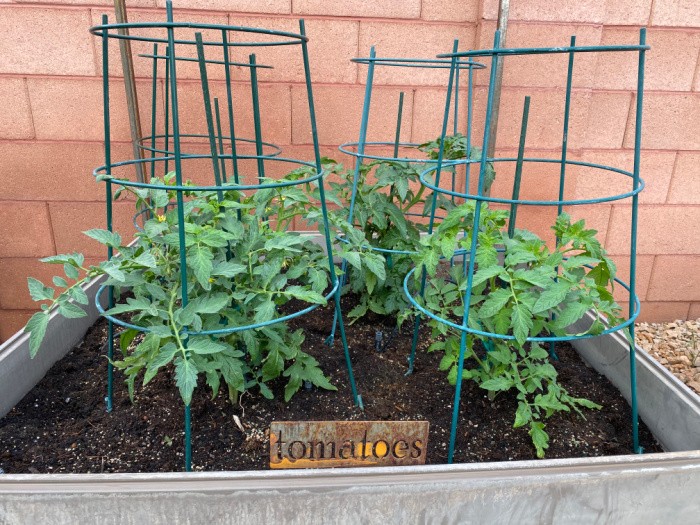

On the farm we built a pond last year. Even though we were in the middle of the drought we didn’t have that place beforehand. The well almost went dry so we knew we had to do something to relieve the stress and maintain livestock. The place is on a hill so we dug a small diversion trench to the pond. We got some rain last two months and it’s started filling and holding. Just gotta get the dam planted so it don’t wash away. It’s being done today since we got rain last night.
We’ve added gutter and rain catchment and have one more to go in the goat pen. It’ll be some large pvc piping that was left when they moved into that homestead. I’m gonna cut it in half’s and bolt it to the goat shed angled into a trough.
We were also gifted an extra 100gl water trough with a spigot that wasn’t being used and placed it under a barn roof edge and it kept the chickens and cats watered through the summer till now. It was finally full this morning after last nights rain for the first time since we got it.
The 110 degree heat plus the 54 days of no rain wiped out the center of the pasture, where there was no shade from trees, so we planted clover as ground cover and nitrogen last fall and I planted Bermuda two weeks ago and it’s taking so the rebuild is going good.
Y’all stay in the fight and don’t believe the hype.
Actually you picked the best time to prepare a pond bed and build a dam. Much easier when the area is dry, than when the area is saturated. Especially if you need to add some clay to very sandy soil to stabilize seepage into the underlying soil. You’ve employed some great ideas`for increasing the water supply for your stock. Another great way to get fluid into your chickens is to collect packing greens from stores and restaurants in your area. Getting counter pulls from produce counter. They have to be pulled after being on display for purchase after so many days to keep the freshest produce or those too shop worn to sell. These days there aren’t any reduced price racks in produce anymore because shopper only want fresh, perfect produce. But this older produce is a good, viable source of moisture and roughage, with some nutrients still there, in them. Small farmers may also have imperfect produce or greens in their fields that they have to clear anyhow for their next crop to be sown. They are great methods to help especially during severe droughts. May we get a couple years or more of abundant precipitation to care for stock and flocks, public water supplies, and the deep aquifers that supply water for wells and storage against drought times.
Hi MaryAnn, great comment, you are so right! Linda
Appreciate it. I’m staying optimistic about the future and believe we will come out this year.
HI Matt, oh this is awesome to hear! We must be diligent even though there are areas where there is or will be flooding soon from snow runoff. There is still a drought and we must prep. Good job, well done! Linda
Matt’s right–build ponds! You all probably know by now I’m a great admirer of Joel Salatin–quite a few of his books mention the ponds that they’ve built on their Virginia farm, the water from which can be gravity-piped to all the pastures and even be used to irrigate fields during the “dries.” Haven’t got around to doing more of them here (other than a few marsh/pond locations, one dating from my dad) but I have my eye on a couple of locations.
Hii Rhonda, Joel Salatin is awesome! Linda
I’m thankful for the abundant precipitation these past few months. It has vastly improved our temporary surface water supplies. But the under ground aquifers remain critically low. It will takes far more years of plentiful precipitation to restore them.
This is why I disagree with CA eliminating all surface use restrictions. They need to instead researching and investing in low maintenance ground covers that do not require excess watering. Creating substantial incentives or one time tax credits to encourage switch to grass alternatives might help or an increased tax on state taxes on those who insist on have those ridiculously huge grass lawns that they scarcely even look at. They’re still green while some even grant everyone with beautiful flowers at certain times. They help prevent soil erosion and stabilize steep slopes and absorb more surface water far more efficiently tan grass. They efficiently utilize the dew coating them every morning and require little to no surface watering.
We need to find solutions for reducing our overuse of the surface water we are depending. These droughts will never go away, and in time will become even harder and more long term. We must work much harder to conserve as much of our available water resources as possible. Not return to the over consumption of available water when we happen to have windfall supply. Matt has some excellent and easily obtainable ideas to add to his current water need for his stock.animals.
HI MaryAnn, I agree, we have to teach people to conserve water, and plant items that use little or no water. I have a neighbor trying to put in artificial turf, and the city is requiring a planning and zoning meeting and even a permit. The artificial turf that is available today looks just like real grass. The other option would be rocks, also known as Zeroscape. We must conserve water. Linda
Even if local regulations (stupidly) prevent or restrict the use of greywater systems, there are ways to do it anyway, no one the wiser. Might take a little more time and effort, but it’s entirely possible. For instance–if you wash dishes by hand, bail the sink into buckets to go to trees, gardens, and other plants (or flush toilets). Same for washing clothes–you need to stay nearby to catch it in time, but stop the cycle before it drains/spins, and bail as much water as possible into buckets. Or if you’re clever, you can probably install a faucet of some sort into the washer drain line, so that you can catch the water before it exits via the drain pipes.
We had an old dug well (several, actually) when I was growing up, and we had to be careful it didn’t go completely dry in an extended drought (oddly enough, even more so after a flood control dam was put in a mile or so away–must have affected the ground water flow). With cows, horses, and sheep, we *had* to have water for them! So–any water that could be re-used, was. And forget short showers–a gallon or two in the sink will get you just as clean with a sponge bath. We have an artesian well now, but old habits die hard. And I have two hand pumps ready to install in the dug wells!
HI Rhonda, great comment! I LOVE LOVE LOVE your thinking! Linda
Well, the high winds in Ky last few weeks left many with damaged shingles and the rain is doing damage to our ceilings.
So far, before the roofer could cover the damage, I have 4 ceilings to spot paint.
This after water damage from busted pipes from Dec. 24th.
I am blessed hearing of the damage to other states and California. I have added many names to my Blessing Bowl I keep.
HI Judy, oh my gosh, I’m so sorry to hear you had damage to your roof and broken pipes. Oh, and the high winds are so bad. What a mess! I love hearing about your Blessing Bowl, which is new to me, I will look for a bowl that I can make into a Blessing Bowl. I have so many names I could add to one. I love this! I’m glad you are okay, stay safe, my friend. Linda
I have to buy distilled water for my CPAP machine. So when I empty a gallon jug, it gets refilled with faucet water. In the winter when we had to drip the faucets, we placed a gallon jug under the faucet to catch the water. We can flush toilets with the rain water we catch. I have the Aero garden which I use for lettuce, tomatoes and herbs. I plan to do some 5 gallon buckets for tomatoes, peppers and carrots. Living out in the country, we really don’t have a lawn. And I no longer have chickens , the bobcats got them .
HI JudyP, that’s a great idea about putting empty gallon jugs to catch the faucet drip, why didn’t I think of that? Great idea! I love my AeroGardens, I haven’t done tomatoes, but I will try once I get into my house. I’m sorry to hear you can’t have chickens, those darn bobcats! Great tips, thank you! Linda